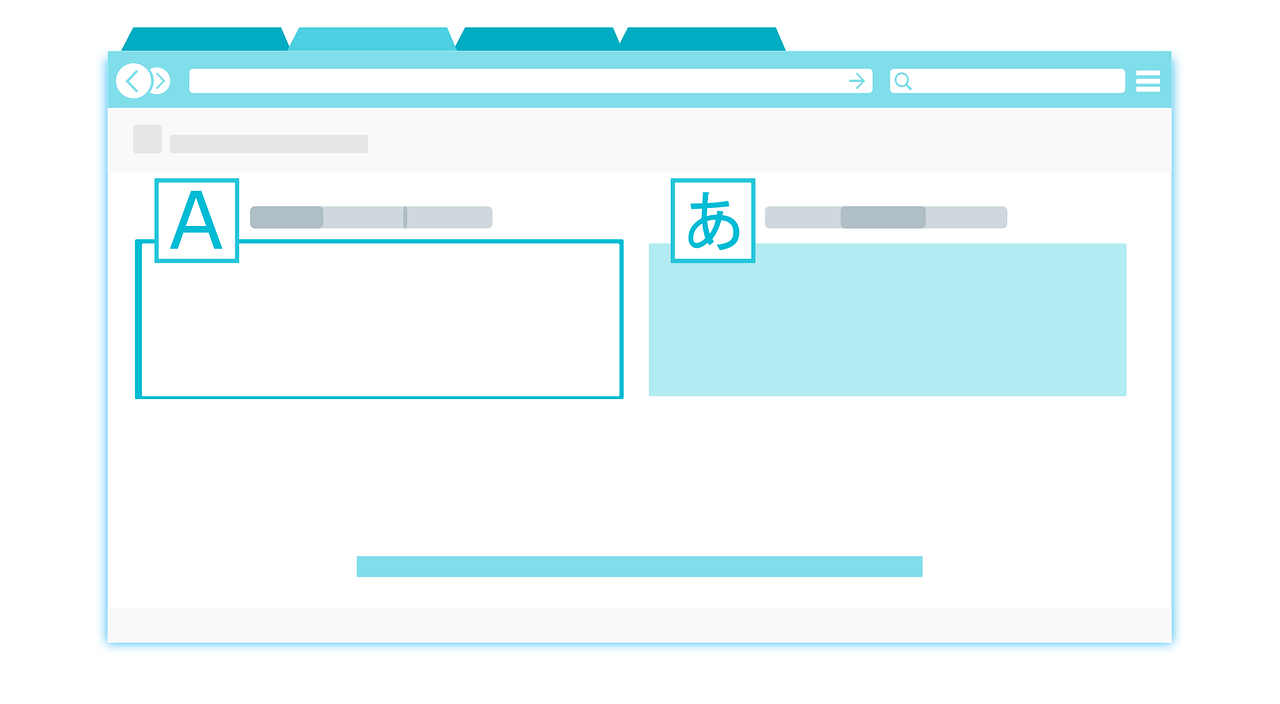Estimated reading time: 4 minutes
210 Views
Backlinks are vital in enhancing your website’s search engine visibility and driving organic traffic. A backlink, also known as an inbound link, is a hyperlink from one website to another. Search engines consider backlinks as a vote of confidence for your content, indicating its quality and authority. In this article, we will delve into the art of creating backlinks to boost your website’s SEO and attract more visitors.
Understand the Importance of Quality Backlinks:
When it comes to backlinks, quality triumphs over quantity. Search engines value backlinks from reputable, authoritative websites more than those from low-quality or spammy sites. Aim for backlinks that are relevant to your niche or industry, as this establishes credibility and relevancy in the eyes of search engines.
Publish High-Quality Content:
Creating valuable and informative content should be the foundation of your backlink strategy. When you publish quality articles, blog posts, or resources, other website owners are more likely to link to your content as a reference. Research your target audience’s needs and interests, and produce content that stands out in your niche.
Guest Blogging:
Guest blogging involves writing and publishing articles on other websites within your industry. It is an effective way to gain exposure to a wider audience and build backlinks. Look for reputable websites that accept guest posts, ensure they have good domain authority, and adhere to their guidelines. Craft well-written, engaging articles with a link back to your website within the author bio or content body.
Broken Link Building:
This method involves finding broken links on other websites and offering a suitable replacement link from your own site. Tools, like Check My Links (for Chrome) or Broken Link Checker (an online tool), can help identify broken links. Once you find a broken link, reach out to the website owner or webmaster, notifying them of the broken link and suggesting your content as a replacement. This tactic offers value to both parties by fixing broken links and providing a useful resource.
Build Relationships and Outreach:
Networking and relationship-building are crucial for acquiring backlinks. Engage with influencers, industry experts, and other website owners through social media, forums, or events. By fostering genuine relationships, you increase the likelihood of them linking to your content or mentioning your website. Personalized outreach emails can also be effective in acquiring backlinks. Make sure to highlight the value your content provides and why it would be relevant to their audience.
Utilize Social Media:
Leverage the power of social media platforms to amplify your content’s reach and encourage backlinks. Share your articles, infographics, and resources on platforms like Facebook, Twitter, LinkedIn, and Pinterest. Engage with your audience, participate in relevant groups, and actively promote your content. When your content gains traction on social media, it increases the chances of others linking to it.
Create Infographics and Visual Content:
Visual content, such as infographics, is more likely to be shared and linked to by other websites. Create visually appealing and informative infographics related to your industry or niche. Include an embed code beneath the infographic so that other website owners can easily link to and share it. Additionally, reach out to relevant bloggers or websites that publish content related to your infographic’s topic, offering it as a resource for their readers.
Monitor Your Backlinks:
Regularly monitor your backlink profile to ensure the links pointing to your site are of high quality and relevant. Tools like Moz, Ahrefs, or SEMrush can help you track your backlinks, evaluate their quality, and identify any potentially harmful links that may negatively impact your SEO.
Building quality backlinks is an essential aspect of any successful SEO strategy. By implementing the techniques outlined in this article, you can increase your website’s visibility, improve its search engine rankings, and attract targeted organic traffic. Remember, patience and persistence are vital as building a strong backlink profile takes time. Focus on creating valuable content, nurturing relationships, and providing resources that others find worthy of linking to.
For the latest tech news and reviews, follow Rohit Auddy on Twitter, Facebook, and Google News.





